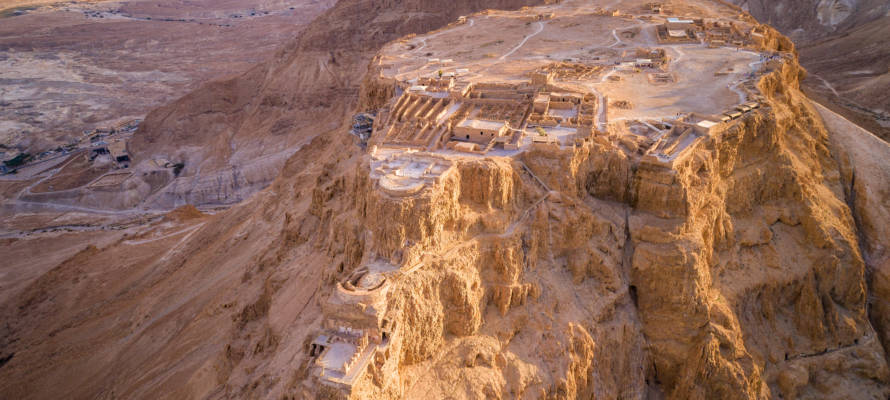Researchers created an accurate 3D digital model and calculated how long it took to construct the entire system, which included eight camps and a stone wall surrounding most of the site.
Archaeologists from Tel Aviv University are shattering a long-held belief that the Roman siege of Masada lasted for multiple years.
Originally built in the 1st century CE and expanded by King Herod the Great, Masada became famous for its role during the First Jewish-Roman War (66-73 CE).
Overlooking the Dead Sea, the site is renowned for the dramatic siege laid by Roman troops, which culminated in the mass suicide of its Jewish defenders.
For decades, it was widely believed that the Masada siege lasted an incredible three years, but now using drones equipped with remote sensors to analyze the siege system’s features, that timeline is being questioned.
The data allowed researchers to create an accurate 3D digital model and calculate how long it took to construct the entire system, which included eight camps and a stone wall surrounding most of the site.
“For many years, the prevailing theory that became a modern myth asserted that the Roman siege of Masada was a grueling three-year affair,” TAU Dr. Stiebel tells the Journal of Roman Archaeology.
“Our study provides the first data-driven scientific answer to this question.”
“We found that construction took merely about two weeks. Based on ancient historical testimony, it’s clear that once the assault ramp was completed, the Romans launched a brutal attack, ultimately capturing the fortress within a few weeks at the most.”
Although Masada may have taken the Romans less time to scale than originally thought, by no means does it detract from the importance of Masada and the heroism displayed by ancient Israel’s last Jewish soldiers.
